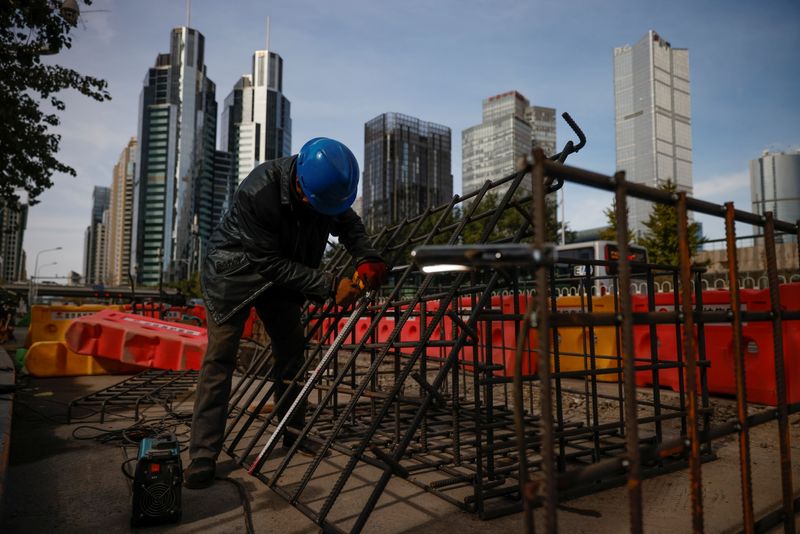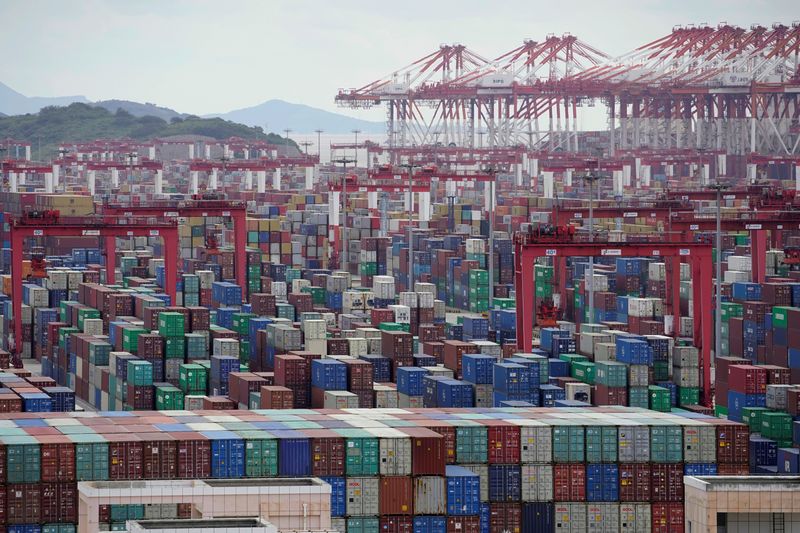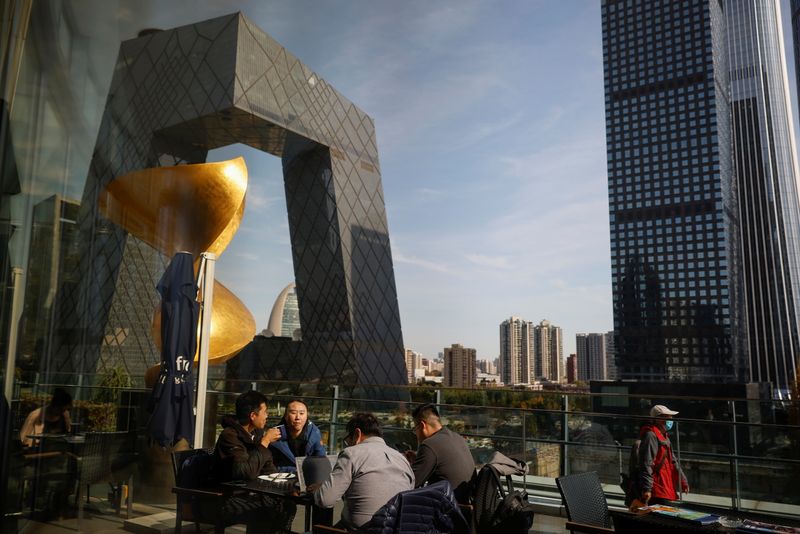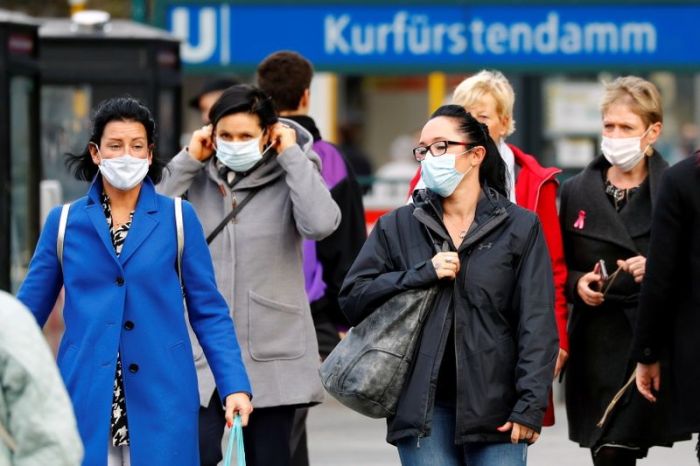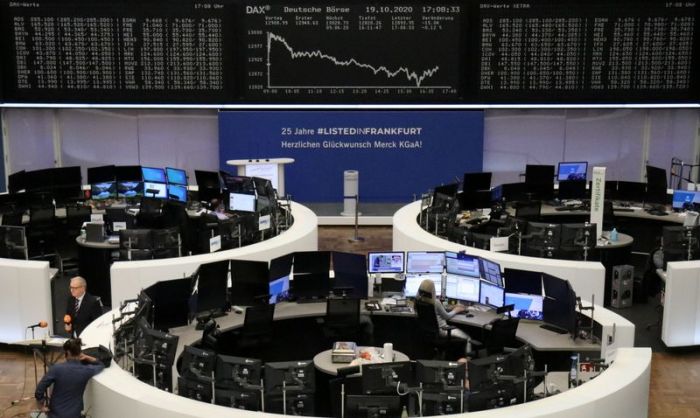BEIJING (Reuters) – Chinese President Xi Jinping and members of the Central Committee, the biggest of the ruling Communist Party’s elite decision-making bodies, are meeting this week to formulate economic and social policy goals for the next five years.
Policy proposals will be discussed at the plenum, the fifth meeting of the Central Committee since the 2017 party congress, on Oct. 26-29. The final blueprint will be approved and released when the National People’s Congress, or parliament, meets in its annual session next year.
Below are some topics to watch for at the fifth plenum:
GDP GOALS
China dropped its annual gross domestic product (GDP) growth target in 2020 for the first time since 2002 because of the uncertainty caused by COVID-19. The world’s second-biggest economy is set to miss its 2016-2020 GDP target of more than 6.5%. Investors are watching to see whether China would set a looser growth target for the next five years, or none at all, to increase its policy options and flexibility.
DUAL CIRCULATION
Investors are expecting details on how Xi’s “dual circulation” strategy would be implemented. First proposed by Xi in May, the strategy is for China to depend mainly on “domestic circulation” for its next phase of development – an internal cycle of production, distribution and consumption, supported by domestic technological innovation. This internal cycle is to be bolstered by external resources through “international circulation”.
INNOVATION
Market watchers are looking for possible fresh measures on boosting technological innovation, key to moving China up the global value chain and improving its self-sufficiency in vital technologies and know-how, especially with the United States’ cutting supply of components to key Chinese tech firms such as Huawei Technologies Co [HWT.UL], threatening to disrupt China’s supply chains. China is expected to step up policy support for high-tech industries such as semiconductor development, telecommunications (5G), big data and artificial intelligence.
COMMODITIES & ENERGY
Markets will closely look for signs of plans to boost strategic reserves across commodities and energy to ensure self-sufficiency, to enhance food security after a deadly disease led to a rebuilding of pig herds and grain reserves, to decarbonise and accelerate green energy adoption, to push for energy independence, and to boost its pricing power in commodities markets by launching new international contracts.
DOMESTIC CONSUMPTION
Economists are expecting China to roll out new measures to boost domestic consumption. To greater drive GDP growth, domestic consumption needs to widen to include spending on more higher-value goods and services and go beyond cars, food and apparel. Key to boosting consumption is higher household income, which depends on supply of higher-paying jobs, particularly in the tech and financial sectors.
REFORMS
China is expected to further loosen residency rules to make it easier for people in rural areas to move to urban areas, to help bridge labour shortages in hundreds of cities in various stages of developing new industries, and boost consumption while narrowing rural-urban income disparities. Land reforms would also enable farmers to get a bigger share in land sales, spurring more urbanisation. In the financial sector, expected moves to further free up interest rates and expand the role of capital markets would address distortions in credit allocation that see huge state banks lend to state companies while the private sector is often deprived of credit.
GREYING POPULATION
Observers are watching for new measures to deal with China’s greying population. In a previous plenum in October 2015, the party announced that it would scrap the decades-long one-child policy. Back in 2013, Beijing said the official retirement age would be raised by 2020, a goal that was included in the Ministry of Human Resources and Social Security’s 2016-2020 plan. So far, no move has been made to change the retirement age, 60 for men and 55 for female civil servants and white-collar workers.
CLIMATE CHANGE
Climate watchers say any statement from the plenum is likely to contain tougher language on controlling greenhouse gas emissions, reflecting President Xi Jinping’s recent pledge to make China carbon neutral by 2060. Xi’s surprise announcement is expected to lead to significant adjustments to the draft of the next five-year plan, with government-backed researchers urging higher renewable energy targets and tougher curbs on coal use.
POLITICAL SUCCESSION
Seven plenums are typically held between party congresses, which happen once every five years, and the fourth plenum is often devoted to party governance. There was no mention in the last fourth plenum in October 2019 on any successor to Xi or Xi’s continuation of power when his presidential term ends in 2022. A small handful of investors are closely watching again during this plenum, but it is unclear whether the subject will be discussed.
(Reporting by Ryan Woo; Additional reporting by Beijing newsroom. Editing by Gerry Doyle)

